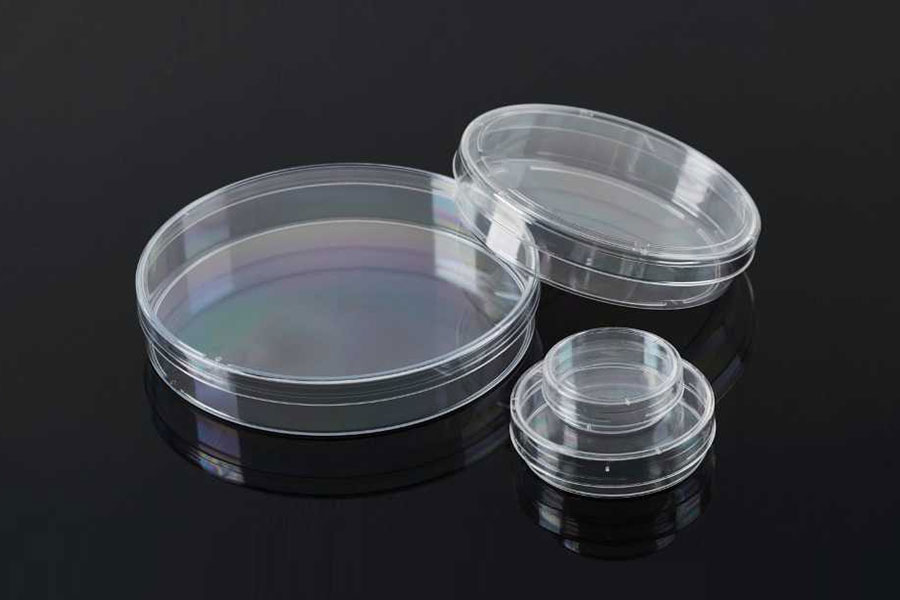Types of Cell Culture Dishes
If you're looking to learn more about the field of cell culture, listen to the Cell Culture Dish podcast. The podcast features important topics from research, discovery, development, and manufacture. It also discusses diseases and biologic therapeutics. There's a new episode every day, so be sure to tune in.
The cellular movement in the cell culture dish is controlled by the fluid dynamics in the dish. Ultrasonic vibration is one factor responsible for this. Numerical calculations can be used to determine the mechanism responsible for this phenomenon. Ultrasonic vibration is a factor that can cause cell detachment. This effect is more pronounced at the center and edges of the dish.
The cell culture dish is a special container that promotes healthy cell growth and reproducibility. There are many types of cell culture dishes on the market. Whether you're interested in biomanufacturing, regenerative medicine, or biologic therapeutics, there is a dish that will fit your needs.
One option is a glass bottom dish. These dishes combine convenience with optical quality, while also providing thermal conductivity for heated platforms. These dishes are made with 175 um thick achromatic borosilicate glass that does not autofluoresce or depolarize light. They also feature an 8.7 cm² growth area and 5.0 ml of working volume.
The SAINING cell culture dishes are ideal for all types of cell culturing. They include numerical indicators on the bottom of each plate. Their smooth, transparent surface and vacuum plasma TC treatment ensure cell attachment. These dishes can also be stacked, and they are DNase/Rna free.
The TCPS surface is hydrophobic at 37 degC, and becomes hydrophilic at 20 degC. This allows the cells to adhere to it in a patterned manner. These cell sheets then recover from the polymer-grafted domains. The TCPS material is also biocompatible.
Thermoresponsive cell culture dishes have been developed over the last several decades. They incorporate a PIPAAm-grafted surface to allow for easy recovery of cultured cells. These dishes promote cell adhesion, which is important for cell growth and differentiation. They also contain chemicals that prevent cell detachment.
The thermoresponsive cell culture dish has been successfully used to engineer three-dimensional tissues. This process develops three-dimensional tissue from single cell sheets. The recovered cell sheets have ECM on the bottom and can be transferred onto a variety of materials. In addition, the sheet-like tissues are readily transplantable.
The proposed method is to the one currently used for attaching cells. It results in better attachment ratio and comparable proliferation after 7 days of cultivation. Furthermore, the proposed method does not damage cellular DNA. And it can be used to cultivate multiple cell types. This study also suggests that a cell culture dish can be used to differentiate different types of cells.

Cell culture dishes are the choice for direct and convenient cell processing.
There are four specifications of 35mm, 60mm, 100mm, and 150mm.
Provide TC treatment and non-TC treatment two kinds of surface.
The cell culture dish has a wave-like easy-to-grip ring to ensure the safety when taking the culture dish or cell operation.
●Wave-type easy-to-grip ring to ensure safe handling or transfer of petri dishes;
●The annular ring in the lid prevents the medium from splashing when the culture dish is transferred or cultured;
●The petri dish cover has edge protrusions, and the petri dish cover fits accurately with the bottom of the petri dish to ensure the stable stacking of the petri dish;
●Sterilization assurance level: SAL 10-6.




 中文简体
中文简体 English
English


